Giant and variable stars
Matteo Monelli

Matteo Monelli is a researcher at the INAF-Rome Observatory, Italy. He primarily studies resolved stellar populations in Local Group galaxies as tracers of galaxy evolution. He is interested in the use of RR Lyrae stars as tools to investigate the early star formation and early chemical evolution of dwarf galaxies, based on their pulsational properties. He is also working on homogeneous distances to Local Group galaxies based on the properties of RR Lyrae stars, and in building a population II distance scale. He is also interested in the mass assembly history of the Milky Way, using both globular clusters and variable stars to characterize its in situ and accreted components. He has large experience with many telescopes, and data reduction of photometric data.
Lecture plan
- Population II pulsating stars as tracers of the Milky Way and Local Group evolution - part I
- Population II pulsating stars as tracers of the Milky Way and Local Group evolution - part II
Vincenzo Ripepi
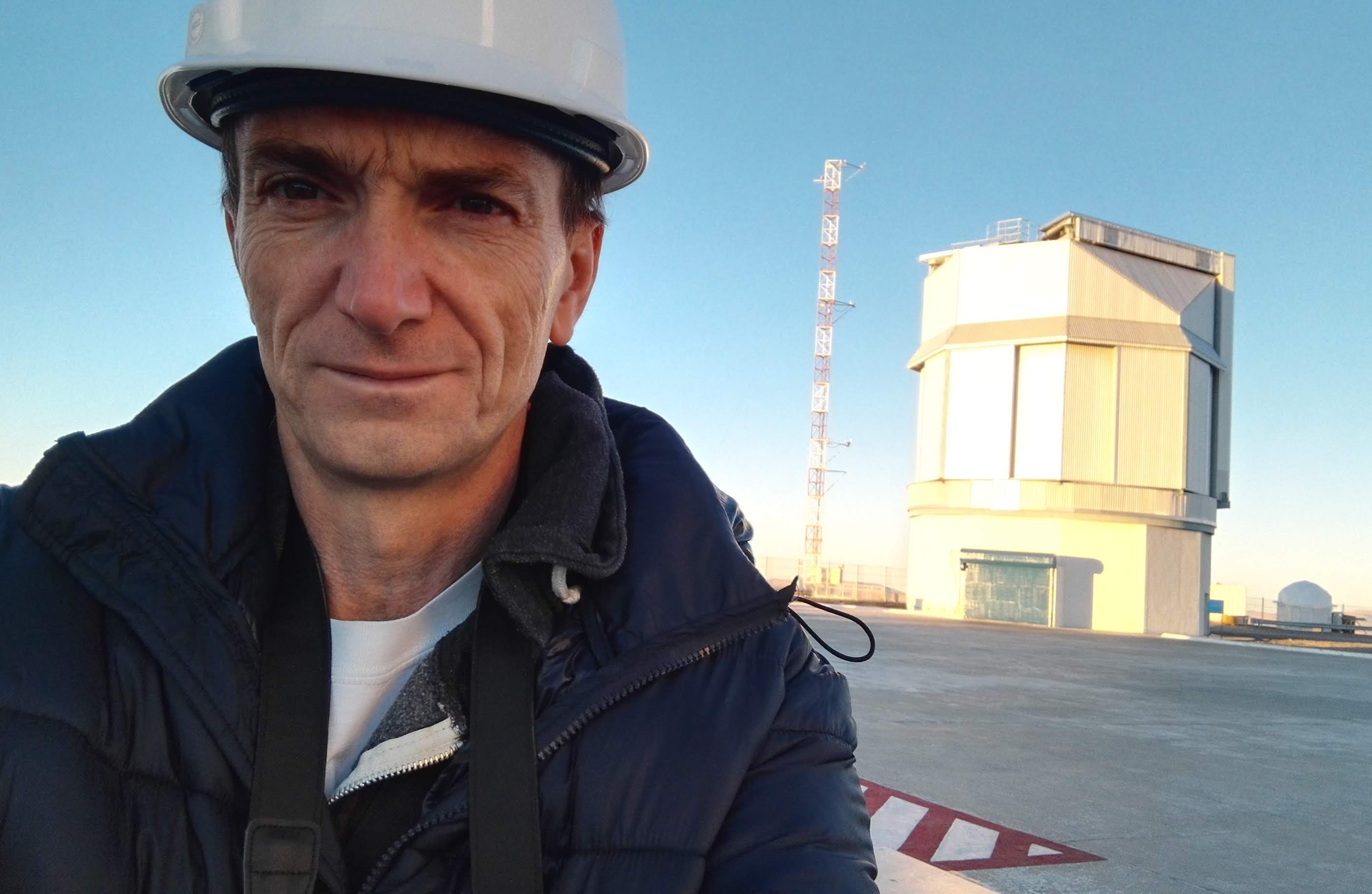 I am a Senior Researcher (primo ricercatore) at the INAF-Capodimonte Astronomical Observatory in Naples, where I have built my entire career since my PhD thesis defence (1997). My research is focused on stellar variability, particularly the study of Cepheid and RR Lyrae variable stars and the Magellanic Clouds.
I am a Senior Researcher (primo ricercatore) at the INAF-Capodimonte Astronomical Observatory in Naples, where I have built my entire career since my PhD thesis defence (1997). My research is focused on stellar variability, particularly the study of Cepheid and RR Lyrae variable stars and the Magellanic Clouds.
Over the years, I've been the principal investigator of several observational projects, including the C-MetaLL, YMCA, and STEP surveys which involve extensive observation campaigns on world-class telescopes. On the same track, I am part of the Vista Magellanic Cloud (VMC) survey, where I am responsible for the Cepheid’s studies.
A significant part of my work has been my contribution to the ESA Gaia mission. As part of the data analysis consortium, my main role was to develop and validate the catalog of Cepheid variables for the various data releases. I am deeply involved in upcoming projects like the 4MOST survey and the Rubin Observatory's LSST, which I am very much looking forward to.
Lecture plan
- Pulsating variables in the classical instability strip
- Classical Cepheids as distance indicators and young population pulsating tracers
Elena Valenti

She is currently an Associate Astronomer at the European Southern Observatory (ESO), working on instrumentation development and the study of resolved stellar populations to better understand the formation and evolution of the Milky Way. After completing her PhD in Astronomy at the University of Bologna, where she focused on near-infrared studies of the Galactic bulge and spent time at UCLA observing with Keck, she joined ESO in Chile as a fellow, operating many VLT instruments. For over a decade she then worked at ESO headquarters in Germany as a User Support Astronomer, gaining extensive expertise with adaptive optics systems. Since 2021, she has been part of ESO’s Project Scientist Department, serving as Project Scientist for MICADO and MORFEO, two of the ELT’s first-generation instruments.
Lecture plan
- The role of giants and variables in tracing the Milky Way bulge formation and evolution: part I
- The role of giants and variables in tracing the Milky Way bulge formation and evolution: part II
Giuseppe Bono
 I am full professor at the University of Rome Tor Vergata, where I am teaching two courses for master students (Modern Astrophysics, Stellar Structure and Evolution). My research interests are focussed on theory and observations of resolved stellar populations, and in particular, on the use of radial variables as distance indicators and stellar tracers. I am also interested in using stars and nearby stellar systems as physics and cosmological laboratories. I contributed to develop new diagnostics to estimate their absolute age and metallicity distribution. In the last few years I have also been involved in several projects focussed on the radial metallicity gradient across the Galactic spheroid. I am Chair of the ESO Project Science Team for ELT and scientific coordinator of the Italian participation to LSST. I am also member of the MAVIS (3rd generation VLT instrument), 4MOST, WST (Wide-field Spectroscopic Telescope, next generation ESO observing facility) science teams and member of the MAVIS steering committee.
I am full professor at the University of Rome Tor Vergata, where I am teaching two courses for master students (Modern Astrophysics, Stellar Structure and Evolution). My research interests are focussed on theory and observations of resolved stellar populations, and in particular, on the use of radial variables as distance indicators and stellar tracers. I am also interested in using stars and nearby stellar systems as physics and cosmological laboratories. I contributed to develop new diagnostics to estimate their absolute age and metallicity distribution. In the last few years I have also been involved in several projects focussed on the radial metallicity gradient across the Galactic spheroid. I am Chair of the ESO Project Science Team for ELT and scientific coordinator of the Italian participation to LSST. I am also member of the MAVIS (3rd generation VLT instrument), 4MOST, WST (Wide-field Spectroscopic Telescope, next generation ESO observing facility) science teams and member of the MAVIS steering committee.
Hands-on (with Vittorio Braga): Time series analysis of variable stars
Vittorio Braga
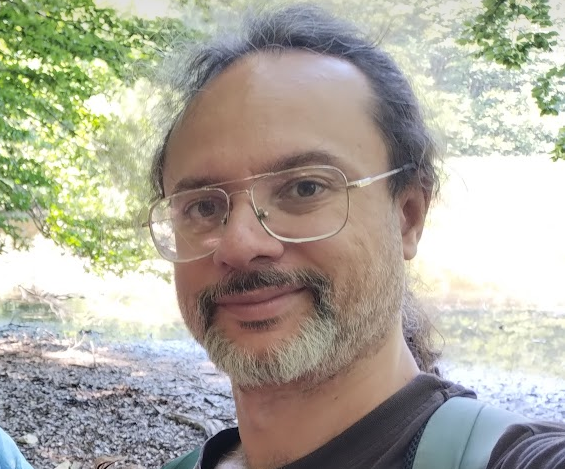 I am a researcher at the INAF observatory of Rome, currently employed on a LSST in-kind project. Before that, I have worked at IAC (La Laguna, Tenerife), SSDC-ASI (Rome, Italy), Universidad Andres Bello (Santiago, Chile) and INAF-IAPS (Rome, Italy). I graduated in Physics and Astrophysics at the University La Sapienza (2006, 2009, Rome, Italy) and Universidad de Cantabria (2010, Santander, Spain), with theses on the variability of Cataclysmic Variables and Active Galactic Nuclei.
I am a researcher at the INAF observatory of Rome, currently employed on a LSST in-kind project. Before that, I have worked at IAC (La Laguna, Tenerife), SSDC-ASI (Rome, Italy), Universidad Andres Bello (Santiago, Chile) and INAF-IAPS (Rome, Italy). I graduated in Physics and Astrophysics at the University La Sapienza (2006, 2009, Rome, Italy) and Universidad de Cantabria (2010, Santander, Spain), with theses on the variability of Cataclysmic Variables and Active Galactic Nuclei.
After my work at INAF-IAPS on comets and asteroids, starting from my PhD at the University of Tor Vergata (2012-2016), I have focused on pulsating variable stars as stellar population tracers and distance indicators. I studied this type of variables both in crowded fields (globular clusters, dwarf galaxies of the Local Group, the Milky Way bulge) and in the Halo, often focusing on the older ones (RR Lyrae and Type II Cepheids). I have mostly worked with data from large photometric surveys like VVV and Gaia.
I have a long observing experience at several astronomical observatories (La Silla, South African Astronomical Observatory, Roque de los Muchachos, Teide) where I collected both photometric and spectroscopic data.
I have published 74 journal articles and 19 proceedings; 11 as first author.
Hands-on (with G. Bono): Time series analysis of variable stars
Giulia De Somma
 Giulia De Somma is an ASTROFIT Research Fellow at the INAF–Astronomical Observatory of Capodimonte, Naples. She earned her PhD in Physics from the University of Naples “Federico II,” graduating with honors. Her research focuses on stellar pulsation theory, with particular emphasis on Classical Cepheid modeling to constrain the extragalactic distance scale and reduce systematic effects impacting the measurement of the Hubble constant. She has contributed to the theoretical calibration of key distance indicators, including Cepheids and RR Lyrae stars, through the study of Period–Luminosity–Color and Period–Wesenheit relations and their dependence on metallicity. Her work also involves refining stellar models by comparing them with observations, especially from Gaia, and developing tools to infer intrinsic stellar properties from pulsations. She is a member of the Gaia DPAC (CU7: Variability) and of INFN for the QGSKY and MOONLIGHT2 projects. She co-chairs the Stellar Pulsation Modeling Team within the C-MetaLL project and participates in several international collaborations, such as the ISSI SHoT team, the WST science team, and projects like MOVIE and COSMOVERSE COST Action. She also contributes to the GaiaNIR Mission Concept. In 2024 she was elected to the Organizing Committee of the IAU Junior Members, promoting initiatives for young researchers worldwide.
Giulia De Somma is an ASTROFIT Research Fellow at the INAF–Astronomical Observatory of Capodimonte, Naples. She earned her PhD in Physics from the University of Naples “Federico II,” graduating with honors. Her research focuses on stellar pulsation theory, with particular emphasis on Classical Cepheid modeling to constrain the extragalactic distance scale and reduce systematic effects impacting the measurement of the Hubble constant. She has contributed to the theoretical calibration of key distance indicators, including Cepheids and RR Lyrae stars, through the study of Period–Luminosity–Color and Period–Wesenheit relations and their dependence on metallicity. Her work also involves refining stellar models by comparing them with observations, especially from Gaia, and developing tools to infer intrinsic stellar properties from pulsations. She is a member of the Gaia DPAC (CU7: Variability) and of INFN for the QGSKY and MOONLIGHT2 projects. She co-chairs the Stellar Pulsation Modeling Team within the C-MetaLL project and participates in several international collaborations, such as the ISSI SHoT team, the WST science team, and projects like MOVIE and COSMOVERSE COST Action. She also contributes to the GaiaNIR Mission Concept. In 2024 she was elected to the Organizing Committee of the IAU Junior Members, promoting initiatives for young researchers worldwide.
Hands-on (with Marcella Marconi):Pulsation Models
Marcella Marconi
 She is currently a director of research at INAF-Astronomical Observatory of Capodimonte, member of the ESO Senior Science Committee for the Expanding Horizon initiative, coordinator of the INAF Ground based facilities Central Scientific Unit, vice-President of the Italian Astronomical Society (SAIt), member of the International Advisory Committee of the Instituto de Ciencias del Espacio, Chair of the La Silla Paranal (LSP) sub-committee of the ESO Scientific Technical Committee (STC) and member of the IAU G4 Organizing Committee. She is also a member of the Gaia DPAC, of Rubin-LSST Transients and Variable Stars and Stars, Milky Way, and Local Volume scientific collaborations, of the ESO-VISTA VMC deep survey, of the science teams of CUBES and VSTPol and of the steering committees of ANDES and MAVIS.
She is currently a director of research at INAF-Astronomical Observatory of Capodimonte, member of the ESO Senior Science Committee for the Expanding Horizon initiative, coordinator of the INAF Ground based facilities Central Scientific Unit, vice-President of the Italian Astronomical Society (SAIt), member of the International Advisory Committee of the Instituto de Ciencias del Espacio, Chair of the La Silla Paranal (LSP) sub-committee of the ESO Scientific Technical Committee (STC) and member of the IAU G4 Organizing Committee. She is also a member of the Gaia DPAC, of Rubin-LSST Transients and Variable Stars and Stars, Milky Way, and Local Volume scientific collaborations, of the ESO-VISTA VMC deep survey, of the science teams of CUBES and VSTPol and of the steering committees of ANDES and MAVIS.
Previously she was member of the INAF Scientific Council (2016-2017), director of the Astronomical Observatory of Capodimonte for two terms (2018-2024) and teacher of the Stellar Evolution Course at University Federico II of Naples.
Her main scientific focus is on stellar physics and pulsating stars used as distance indicators and stellar population tracers. She published more than 300 papers in peer review journals and has coordinated several funded scientific projects.
Hands-on (with Giulia De Somma):Pulsation Models
Compact objects
Alessandro Di Marco
 My research activity has focused on X/γ-band data analysis, specializing in the development of data analysis techniques and methods to optimize the signal-to-noise ratio, as well as in the interpretative analysis of experimental data. Initially, during my PhD, I worked on dark matter studies with DAMA/LIBRA; later, I began collaborating with the IXPE mission, starting from the calibration of the focal-plane instruments and subsequently participating in studies of X-ray sources, in particular low-mass X-ray binaries with neutron stars. In this field, I am PI/co-I of more than 30 observing proposals.
My research activity has focused on X/γ-band data analysis, specializing in the development of data analysis techniques and methods to optimize the signal-to-noise ratio, as well as in the interpretative analysis of experimental data. Initially, during my PhD, I worked on dark matter studies with DAMA/LIBRA; later, I began collaborating with the IXPE mission, starting from the calibration of the focal-plane instruments and subsequently participating in studies of X-ray sources, in particular low-mass X-ray binaries with neutron stars. In this field, I am PI/co-I of more than 30 observing proposals.
As a member of the IXPE collaboration, I received the 2024 Bruno Rossi Prize of the AAS, the 2023 Distinguished Science Award of the National Space Club of Huntsville, and a NASA award as a member of the launch team.
I developed background treatment methods and weighted analysis techniques for photoelectric-effect polarimeters such as those on board IXPE, which led me to become a reference point for IXPE data analysis.
I have presented the results of my papers at various conferences and have served as chair and organizer of neutron star–dedicated sessions at several AAS annual meetings. I was also co-chair of the session “Timing, Spectroscopic, and Polarimetric Properties of Weakly Magnetized Neutron Stars” at the EAS 2025 meeting and a member of the SOC of the 1st GRBAXP Workshop in Astrophysics held in Nanning, China.
Lecture plan
- Neutron stars in X-ray binaries as observed by the Imaging X-ray Polarimetry Explorer
- The hitchhiker's guide to the IXPE data analysis
Alessandro Papitto

I am a research scientist (Primo Ricercatore) in the High Energy group at the INAF Osservatorio Astronomico di Roma. There, I coordinate a group devoted to millisecond pulsars, which includes two more staff scientists, three post-docs and a PhD student. Previously, I had fellowships at the Institute of Space Sciences of Barcelona and at the University of Cagliari.
Among the most extreme and fascinating objects in our Universe, millisecond pulsars are the quickest-spinning neutron stars known. The outcome of a long and complex evolution in a binary system with a low mass companion star, such extreme rotation makes them ideal probes of the behaviour of matter in the neutron star interiors and particle acceleration by a fast-rotating magnetosphere.
The coherent signals emitted by millisecond pulsars are among the faintest in the Universe. To detect them requires sophisticated analysis techniques based on Fourier decomposition, epoch folding and pulse phase fitting. After applying these techniques to the X-ray band where accreting millisecond pulsars mostly emit, I expanded my focus to other bands. This allowed me to discover the prototype of transitional millisecond pulsars that swing between rotation and accretion-powered activity, and the first millisecond pulsars ever observed in the optical band. Recently, I expanded my interest to the use of X-ray polarimetry to provide crucial information in the quest for the neutron star equation of state.
Lecture plan
- X-ray binaries: taking the beat of the quickest spinning compact objects - part I
- X-ray binaries: taking the beat of the quickest spinning compact objects - part II
Alessio Marino
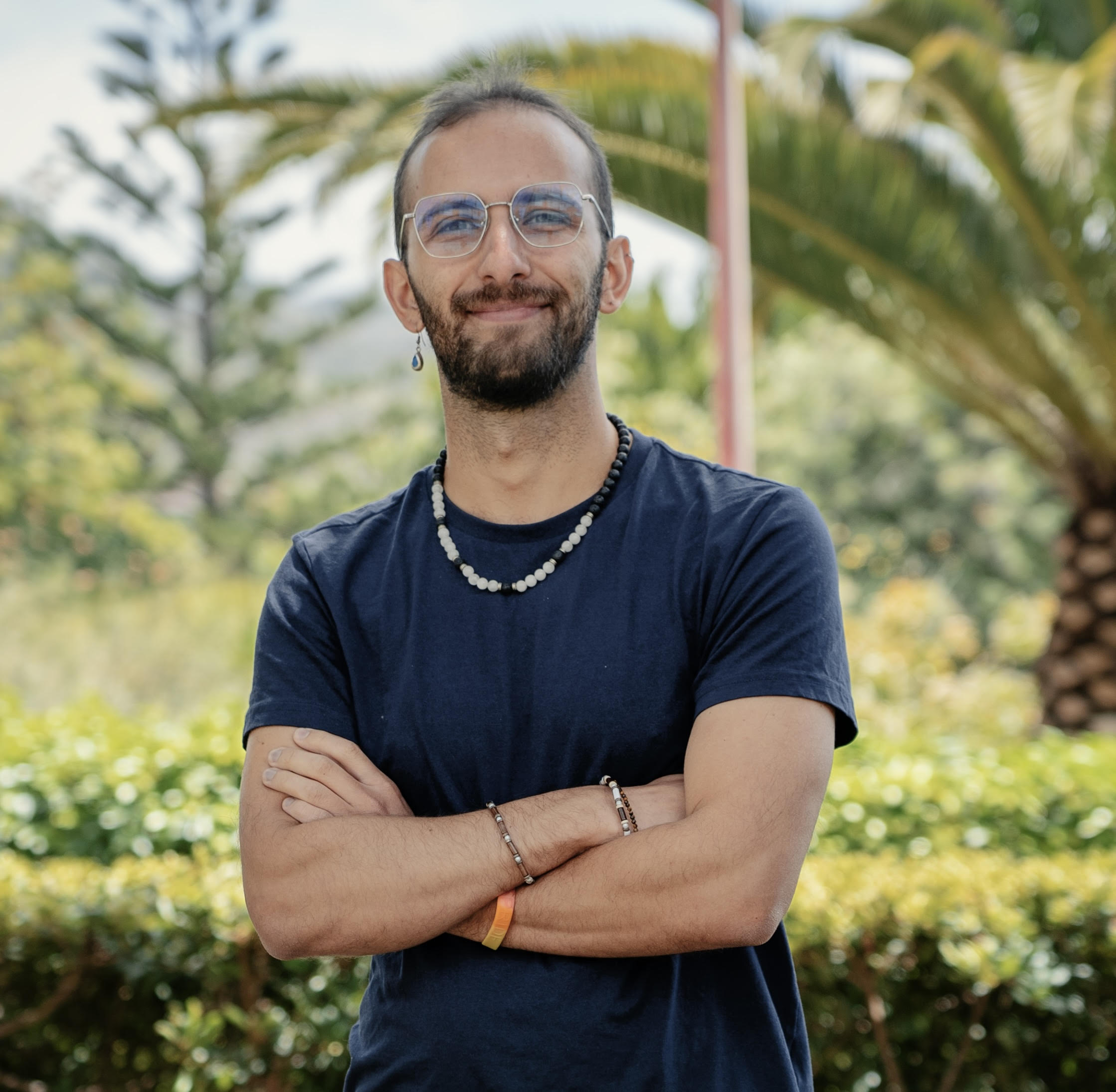
Originally from Palermo, Italy, Alessio Marino earned his PhD in 2021 through a joint program between the Universities of Toulouse (France) and Palermo, where he studied accretion discs and jets in X-ray binaries.
Since 2022, he has been a postdoctoral researcher at the Institute of Space Sciences in Barcelona. In November, he will begin his next postdoctoral appointment at the University of Santiago in Chile. His work focuses on multi-wavelength observations of Galactic X-ray sources, including both low- and high-mass X-ray binaries as well as isolated neutron stars. He is also an associate ESA member of the Einstein Probe consortium and contributes to several other international collaborations, including Theseus, NewAthena, and eXTP.
Lecture plan
- Using multi-band observations to unveil the secrets of X-ray binaries I: accretion flows
- Using multi-band observations to unveil the secrets of X-ray binaries II: jets
Marta Burgay
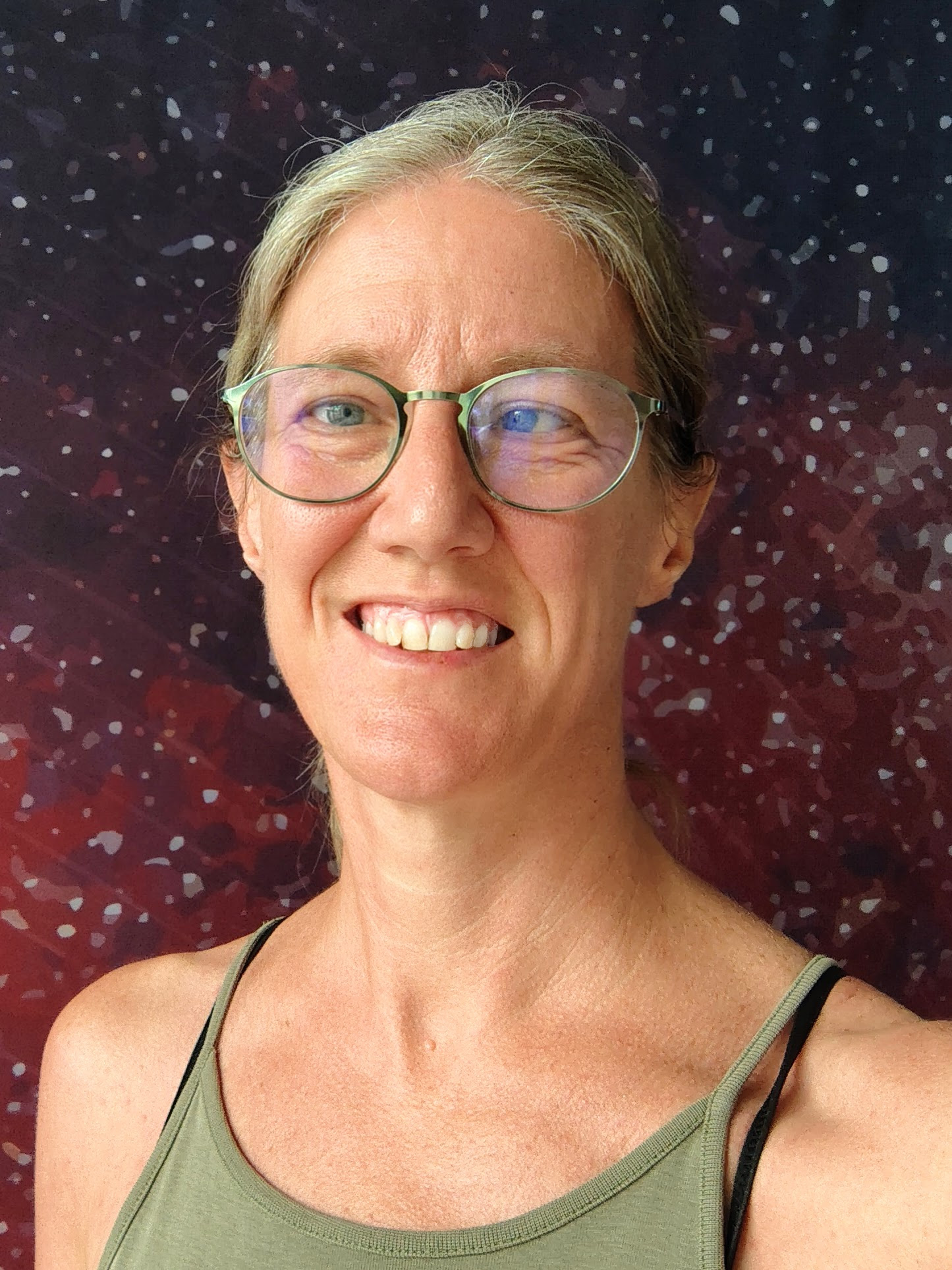 Marta Burgay, first researcher at INAF - Osservatorio Astronomico di Cagliari, is an expert in pulsar studies. She has been involved in most of the major radio pulsar surveys, where more than half of the current pulsar population has been discovered and new sources, such as the Rotating Radio Transients and Fast Radio Bursts, were first identified. She is the discoverer of the only known Double Pulsar, one of the best laboratories to study relativistic gravity. She is a member of the European and International Pulsar Timing Array experiments for the detection of gravitational waves through the precise timing of an ensemble of radio pulsars. She is also interested in mutiwavelegth studies of pulsars, with the primary aim of searching for evolutionary links among different classes of neutron stars (magnetars, FRBs, X-ray binaries, accreting millisecond pulsars, transitional systems...). She is currently co-chair of the pulsar science working group of the SKA Observatory.
Marta Burgay, first researcher at INAF - Osservatorio Astronomico di Cagliari, is an expert in pulsar studies. She has been involved in most of the major radio pulsar surveys, where more than half of the current pulsar population has been discovered and new sources, such as the Rotating Radio Transients and Fast Radio Bursts, were first identified. She is the discoverer of the only known Double Pulsar, one of the best laboratories to study relativistic gravity. She is a member of the European and International Pulsar Timing Array experiments for the detection of gravitational waves through the precise timing of an ensemble of radio pulsars. She is also interested in mutiwavelegth studies of pulsars, with the primary aim of searching for evolutionary links among different classes of neutron stars (magnetars, FRBs, X-ray binaries, accreting millisecond pulsars, transitional systems...). She is currently co-chair of the pulsar science working group of the SKA Observatory. 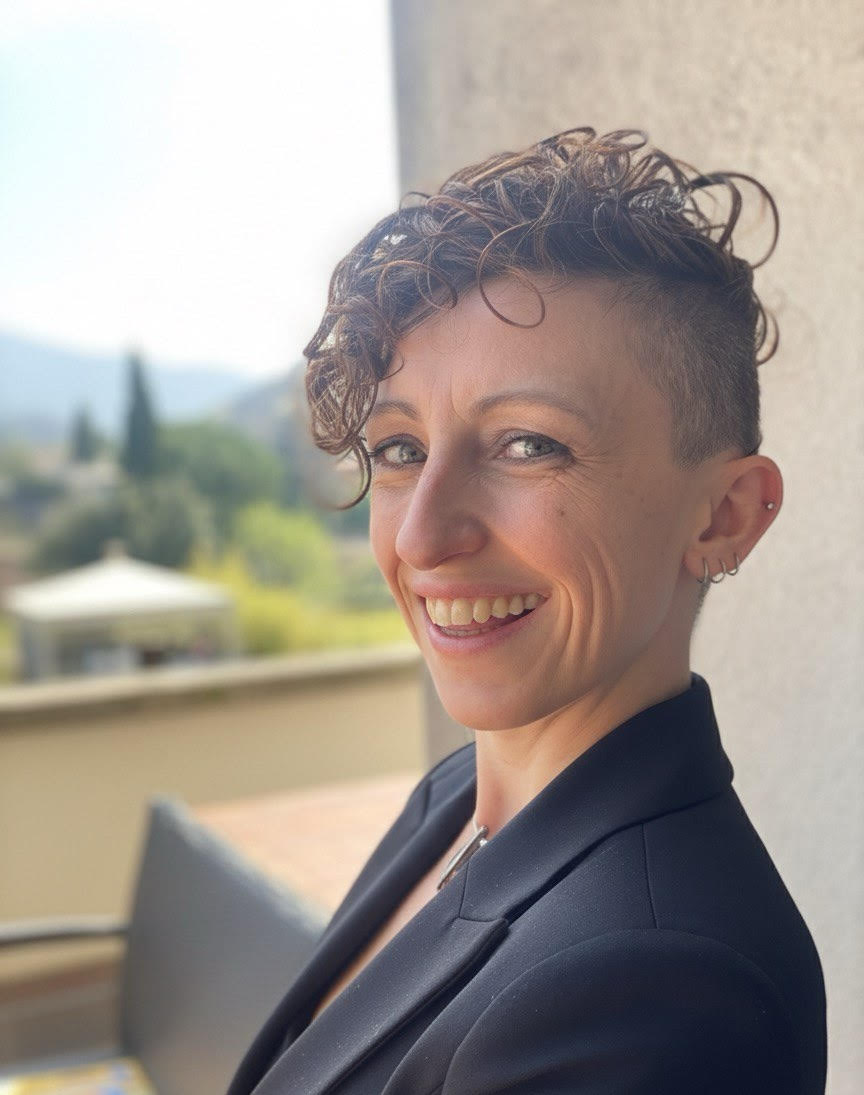
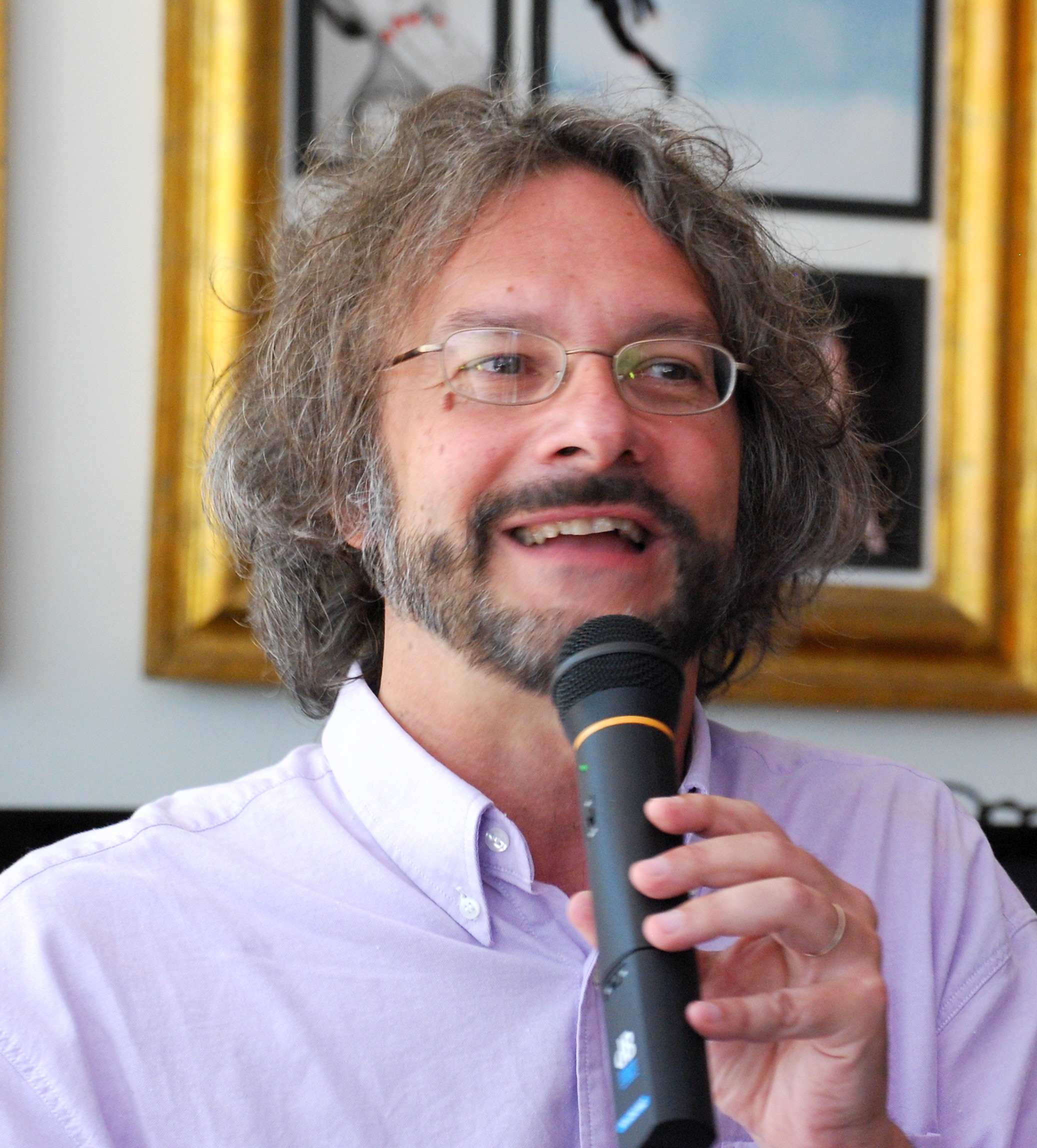 Andrea Possenti is Research Director at the INAF-Observatory of Cagliari, where he served as Director for about seven years. Currently he is the head of the INAF Scientific Unit dedicated to “computing and data curation” in astrophysics. He has taught Compact Object astrophysics at the University of Bologna and Radioastronomy at the University of Cagliari.
Andrea Possenti is Research Director at the INAF-Observatory of Cagliari, where he served as Director for about seven years. Currently he is the head of the INAF Scientific Unit dedicated to “computing and data curation” in astrophysics. He has taught Compact Object astrophysics at the University of Bologna and Radioastronomy at the University of Cagliari.
